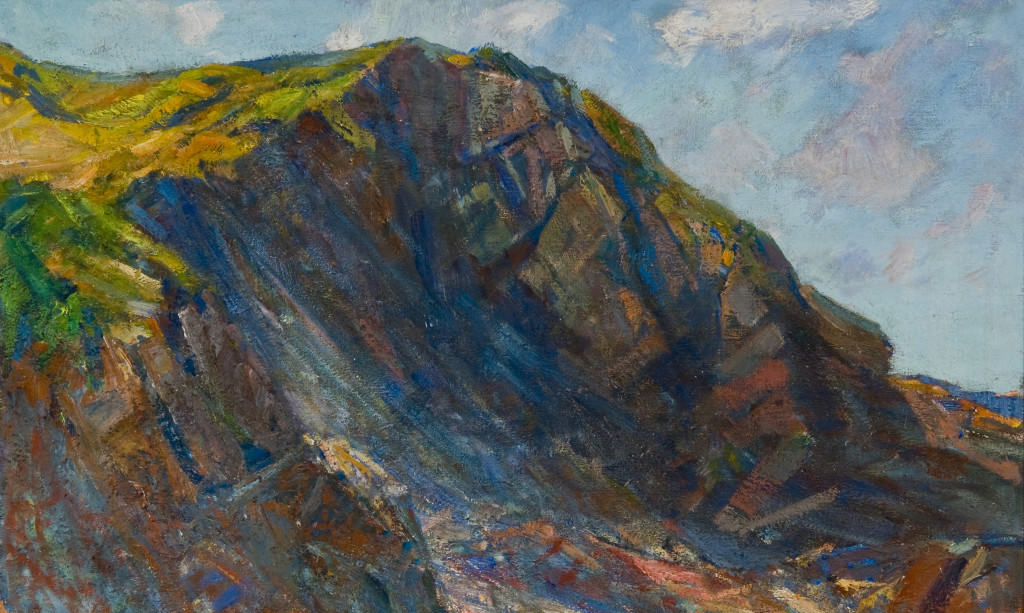By Ruth Greene-McNally
Hermann Murphy (1867-1945), “Portrait of Charles Woodbury,”1906, Oil on canvas, 34 x 29 x 2 in., Courtesy of Kevin Rowe and Irene Vlitos RoweWhen Charles Herbert Woodbury proclaimed the view from Narrow Cove “an artist’s paradise” he was not the first artist to discover the potential for an artist haven in the secluded seacoast village of Ogunquit. Distinguished American painters John Enneking, Maurice Prendergast, Dwight Tryon, and Joseph Davol painted in Ogunquit as early as the 1870s. Woodbury is credited among many influential artists painting the view from Narrow Cove in founding Maine’s first art school and emergent artist colony. In July, 1898, he opened his “Ogunquit Summer School of Drawing and Painting” and taught for thirty-six summers, enrolling hundreds of students in a six-week course of “painting and drawing from nature.”
In 1902, directly across from Woodbury’s school in Perkins Cove, painter, art critic, and writer Hamilton Easter Field arrived from New York with his protégé, 12-year old Robert Laurent, and opened a more avant garde school, securing Ogunquit’s reputation as one of America’s preeminent summer art colonies.
Ruth Greene-McNally is Associate Curator and Collections Manager at the Ogunquit Museum of American Art.
Hamilton Easter Field, (1873-1922), “Self-Portrait,” c. 1898, Oil on panel, 24 x 18 in., Courtesy of the Portland Museum of Art, #1979.13.15, Hamilton Easter Field Art Foundation Collection, Gift of Barn Gallery Associates, Inc.


